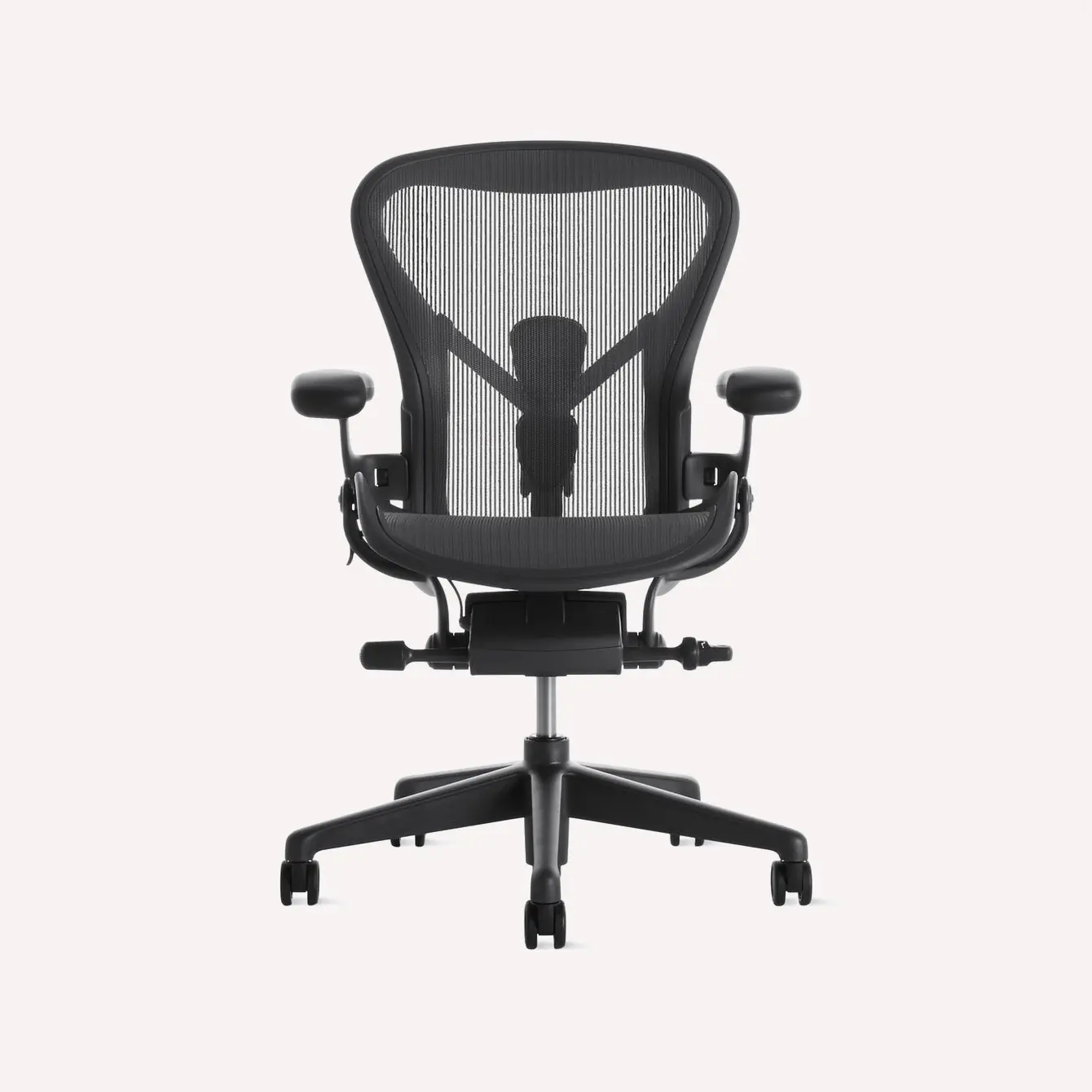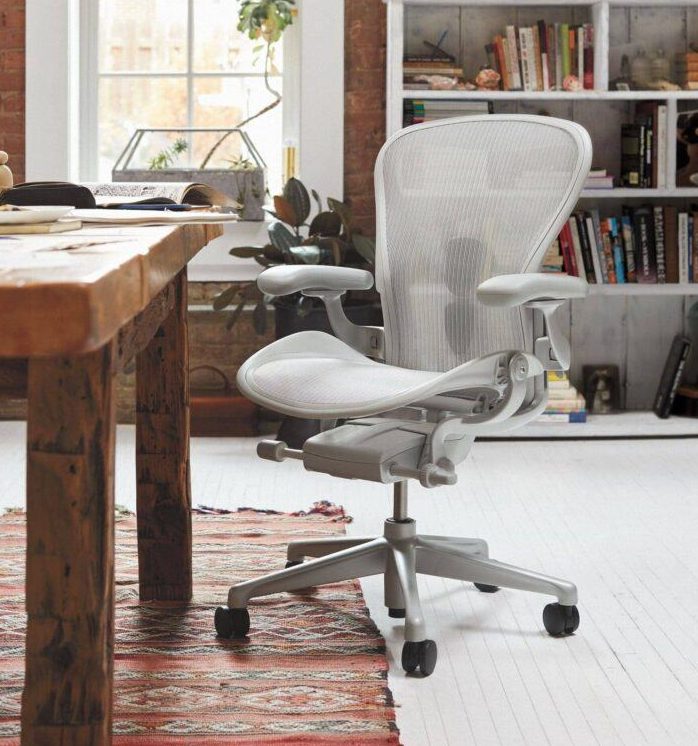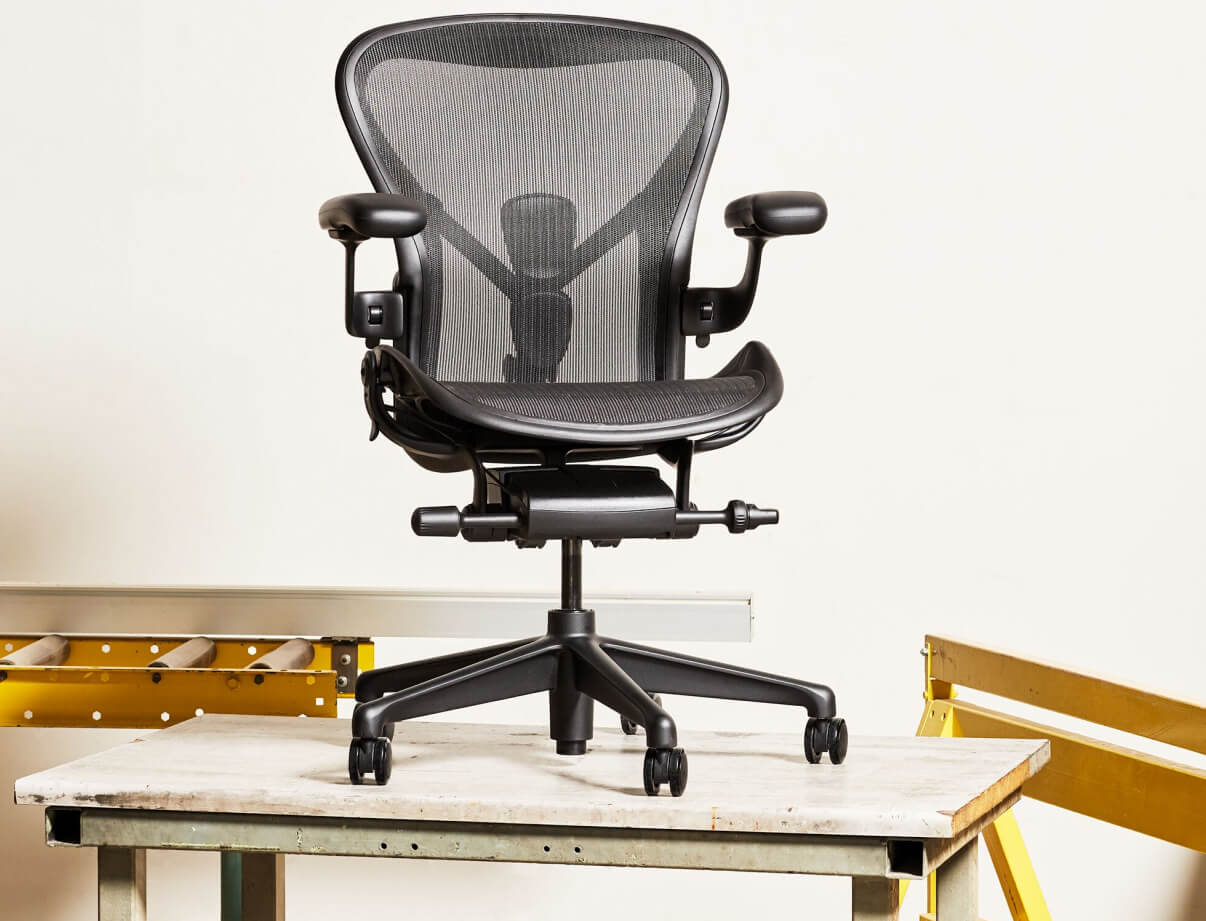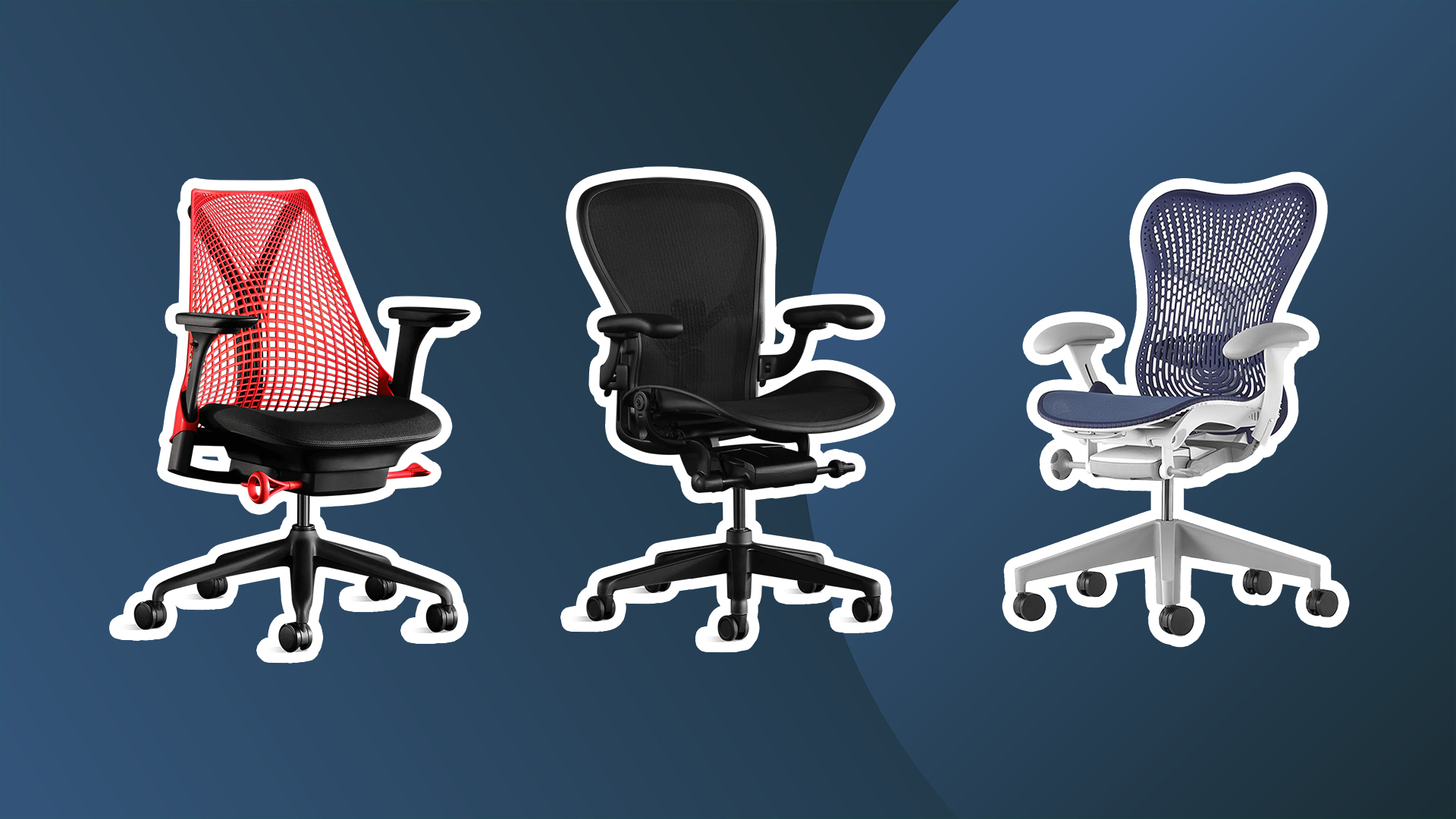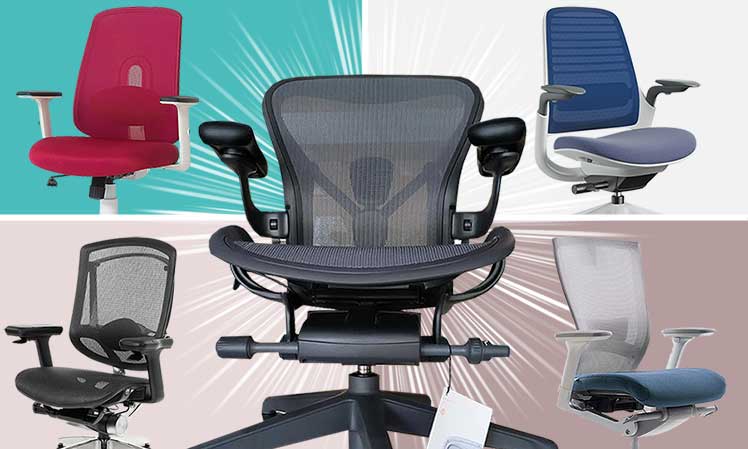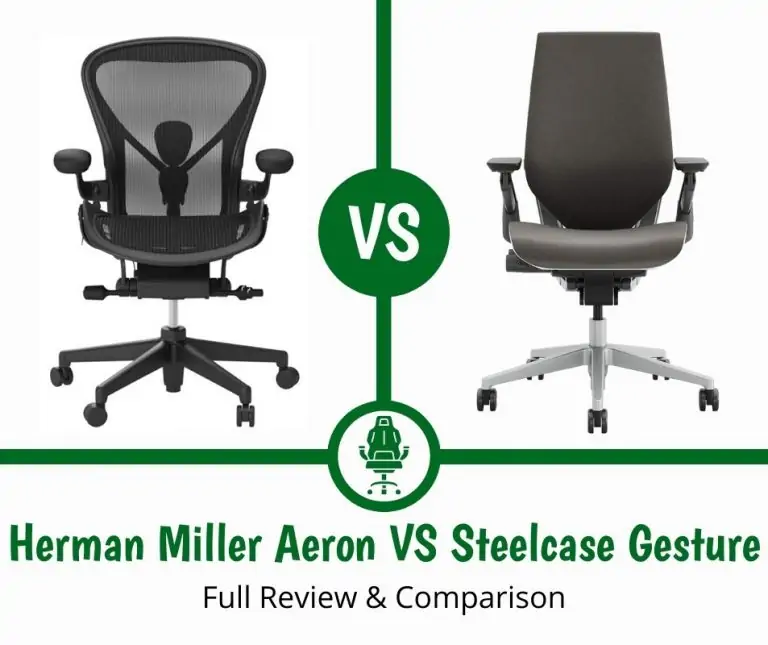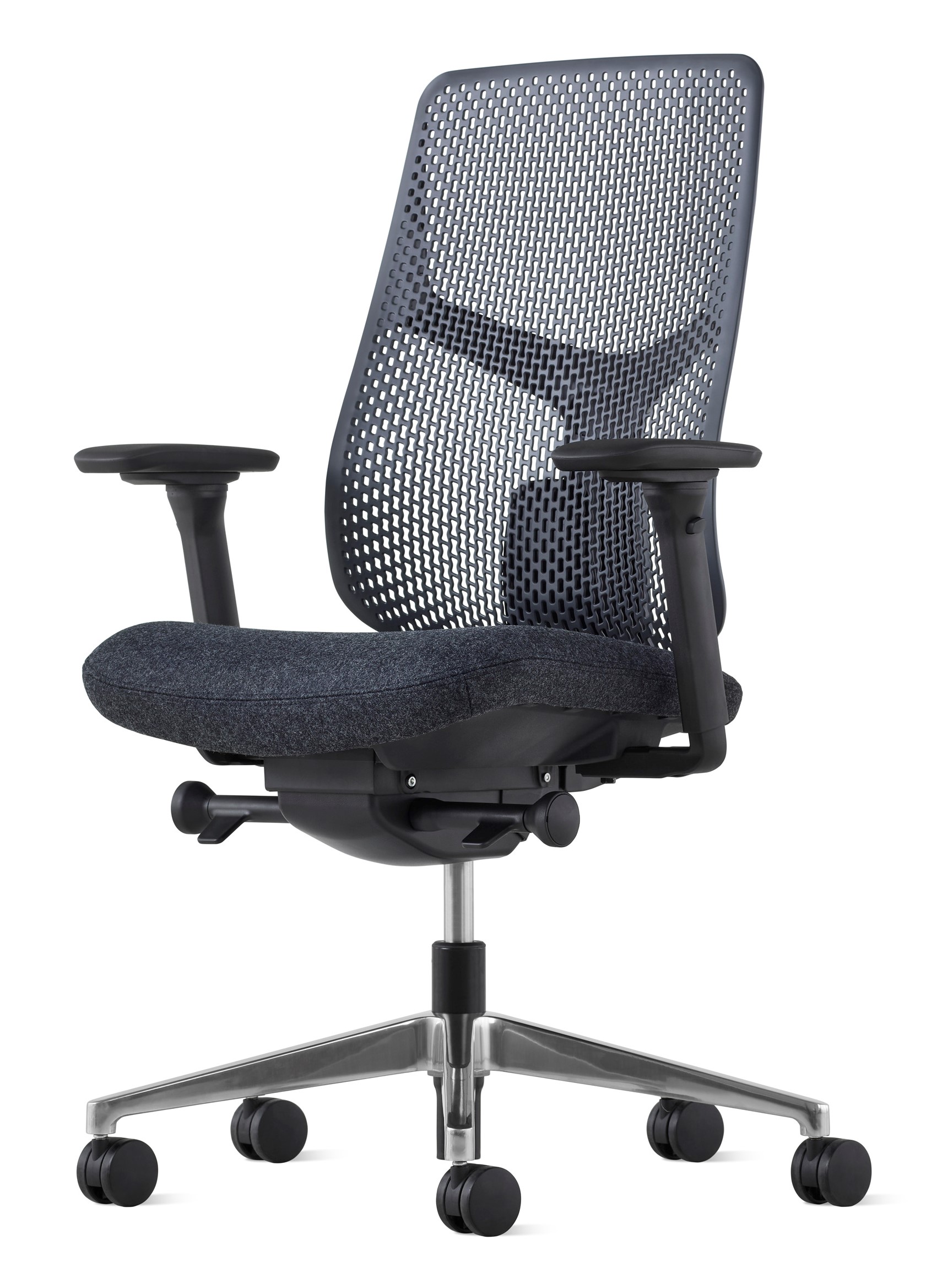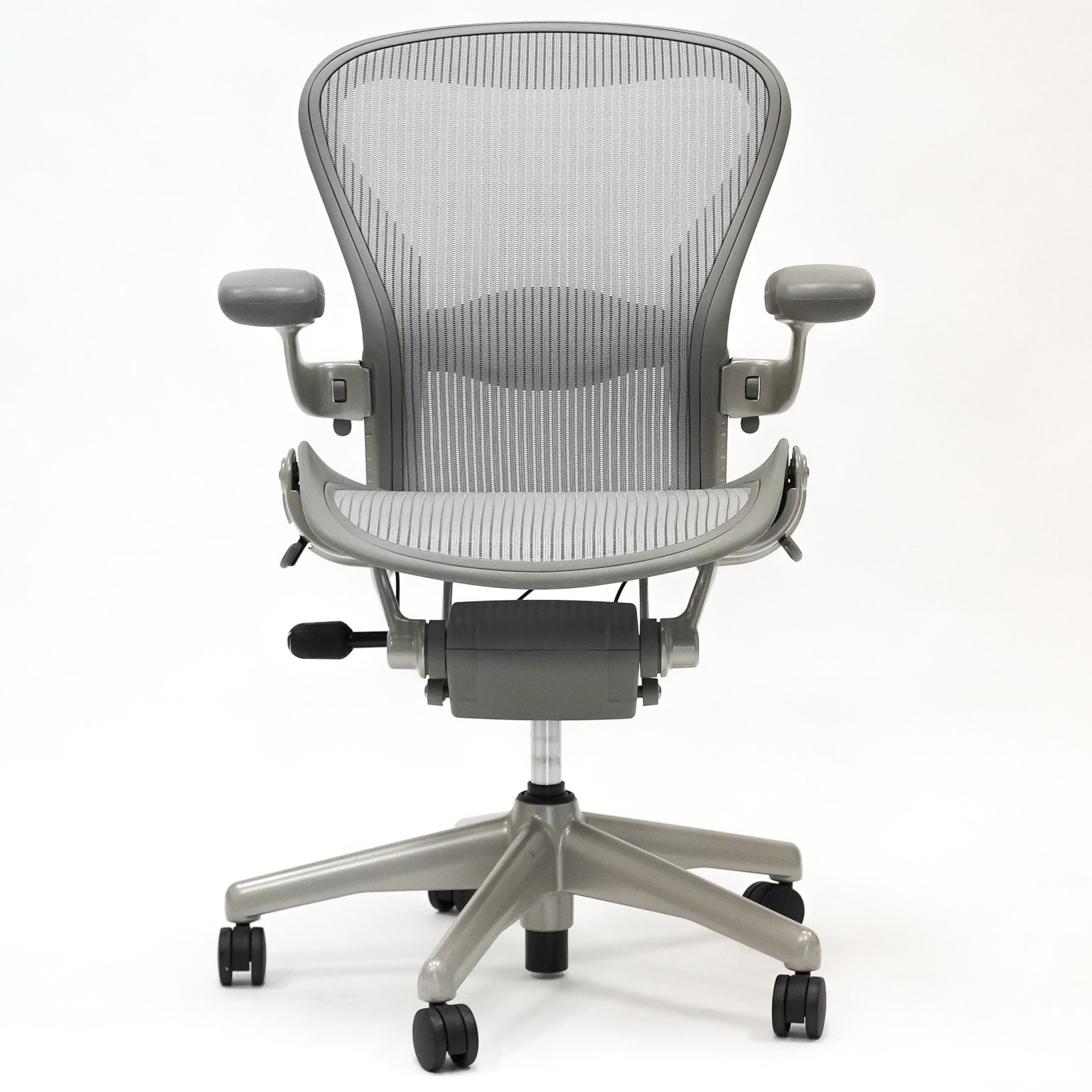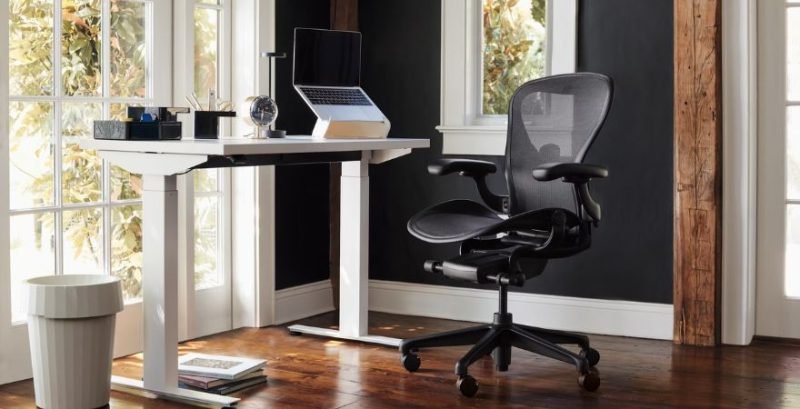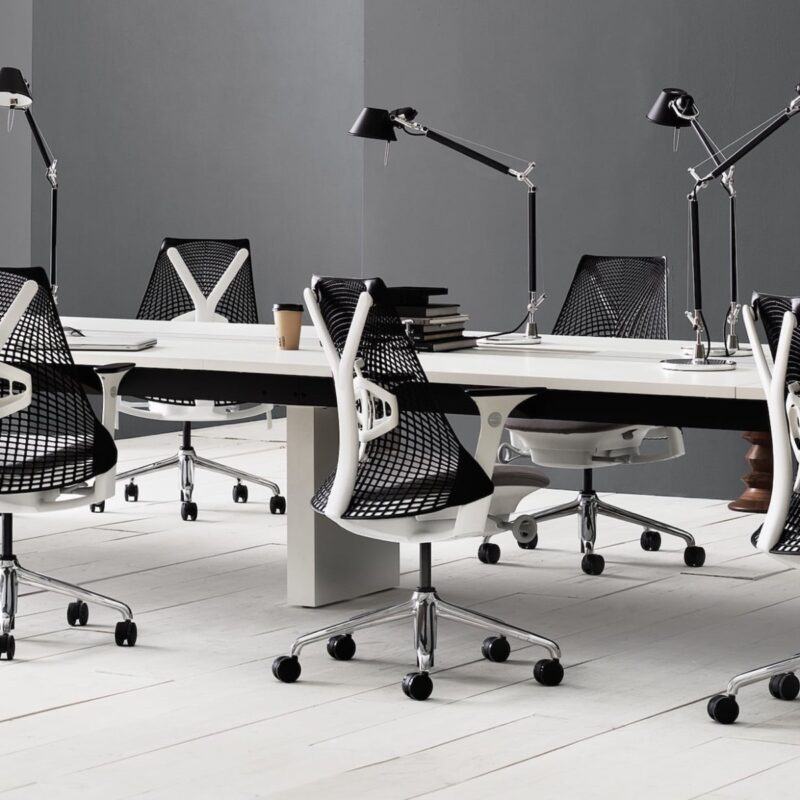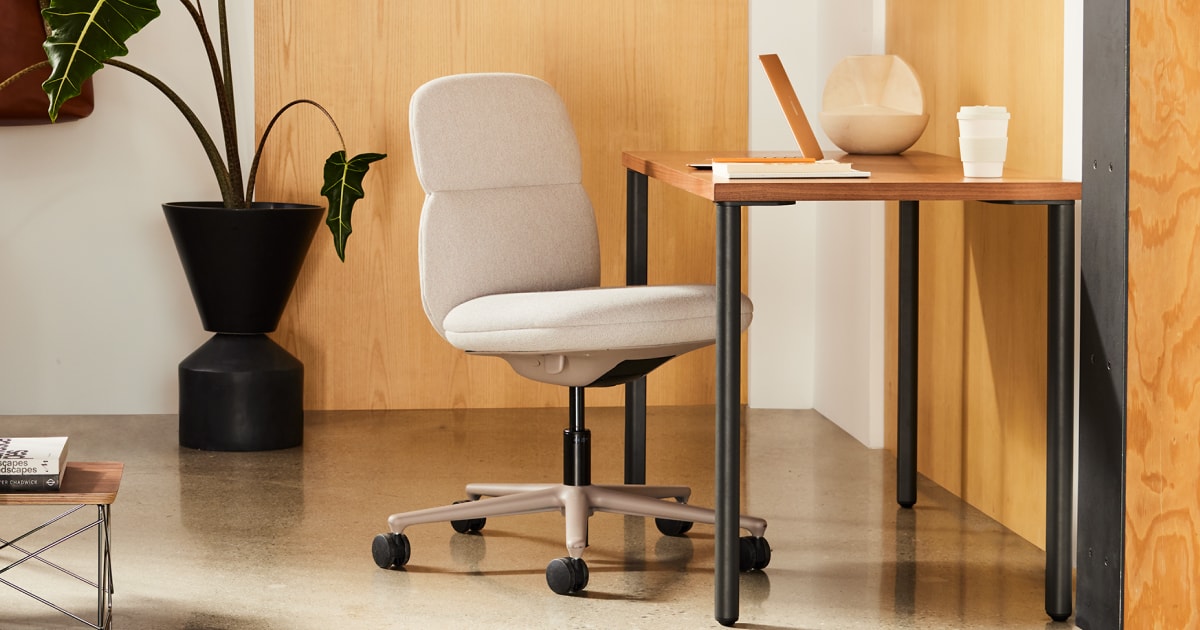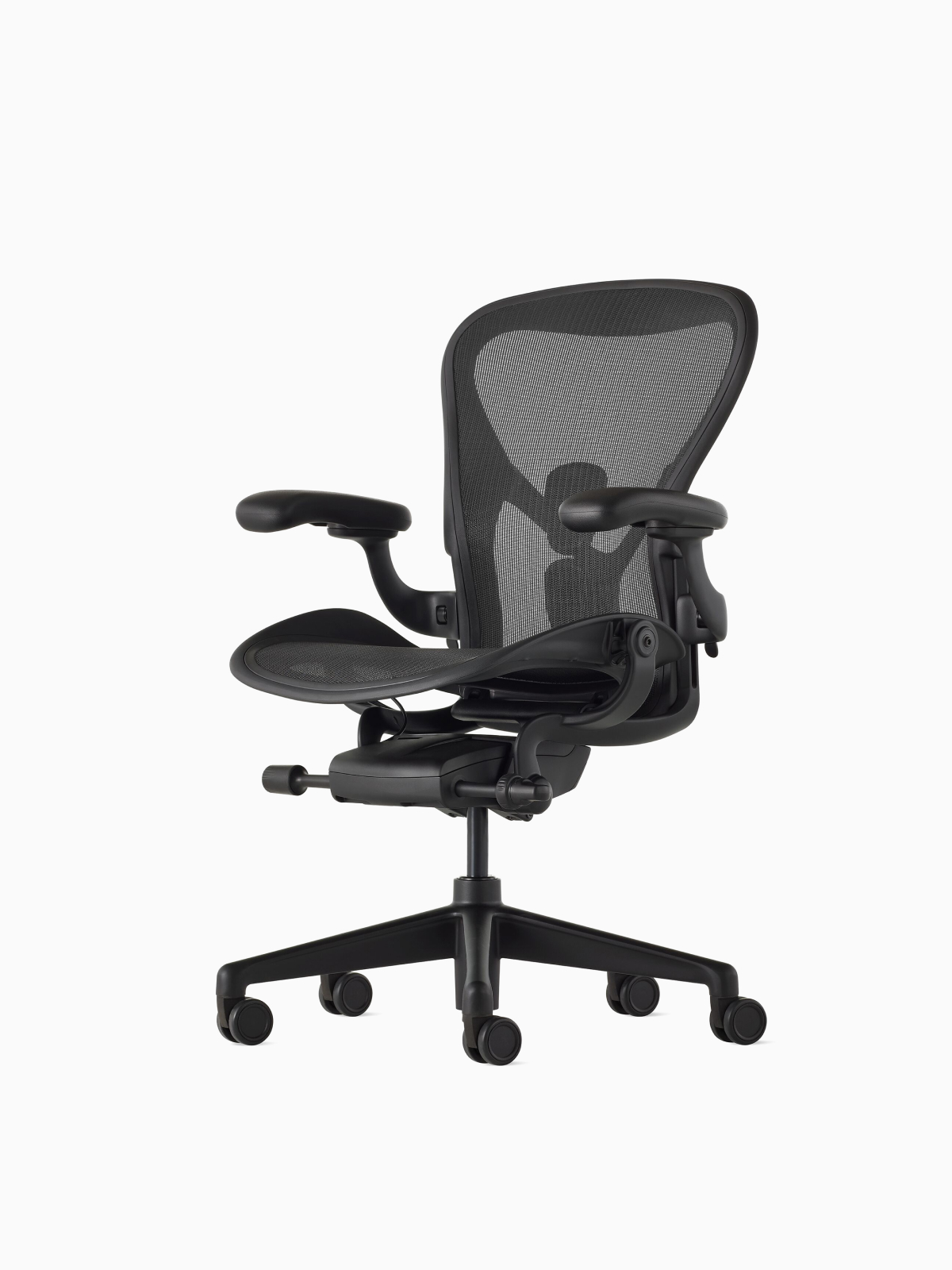Herman Miller Chair For Short Person
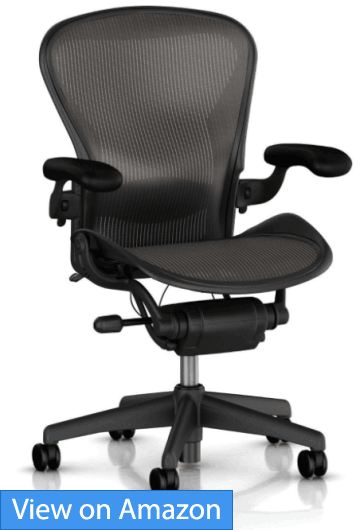
Ergonomic woes plague shorter individuals forced to adapt to standard-sized office chairs. Finally, a solution is emerging, challenging the one-size-fits-all approach of the furniture industry.
The lack of properly sized office chairs has led to discomfort, decreased productivity, and potential long-term health issues. This article explores the burgeoning demand for, and evolution of, Herman Miller chairs specifically designed for shorter users, offering insights into availability, key features, and expert recommendations.
Demand Spurs Adaptive Design
Growing awareness of ergonomic needs has intensified the demand for inclusive office furniture. Specifically, Herman Miller, a leading manufacturer, is facing increasing pressure to cater to diverse body types.
Online forums and user groups are filled with complaints from individuals under 5'4" struggling with standard chair heights and depths. The result is often poor posture and musculoskeletal strain.
The Challenge of Standard Sizing
Typical office chairs are engineered for individuals within a specific height range, often 5'8" to 6'2". This leaves a significant portion of the population, particularly shorter individuals, unsupported and uncomfortable.
Problems include dangling feet (restricting circulation), inadequate lumbar support, and difficulty reaching armrests. All these problems contributes to chronic pain and reduced work performance.
Herman Miller's Response: What's Available?
While Herman Miller doesn't explicitly market a line of chairs labeled "for short people," certain models offer features adaptable to smaller frames. These options include adjustable seat depths, lower seat heights, and customizable lumbar support.
The Aeron chair, for example, is often cited as a potential option due to its size adjustments. However, expert fitting is crucial to ensure optimal ergonomics.
The Sayl chair, with its flexible back and adjustable features, also garners attention as a more accommodating option for petite users.
Key Features to Look For
When selecting a Herman Miller chair, shorter individuals should prioritize several key features. Adjustability is paramount, focusing on seat height, seat depth, and lumbar support.
A chair with a low minimum seat height, ideally below 16 inches, allows feet to rest comfortably on the floor. Adjustable seat depth prevents the seat edge from digging into the back of the knees.
Effective lumbar support is crucial for maintaining proper spinal alignment and preventing back pain.
Expert Recommendations and Fit Assessment
Ergonomic experts emphasize the importance of professional fitting when choosing an office chair, particularly for shorter individuals. A qualified professional can assess posture, workstation setup, and individual needs.
Herman Miller provides authorized dealers who can guide users through the selection process and offer personalized recommendations. These dealers often have demo models available for testing.
A proper fitting ensures that the chair's adjustments are optimized for the individual's body, maximizing comfort and minimizing the risk of injury.
"The goal is to find a chair that supports the natural curves of the spine and promotes a neutral posture," explains Dr. Emily Carter, a certified ergonomist. "This requires careful adjustment and individualized assessment."
The Path Forward
The growing demand for inclusive office furniture signals a shift in industry standards. While Herman Miller currently offers adaptable solutions, further innovation is needed to address the specific needs of shorter individuals.
Continued research, user feedback, and collaboration with ergonomic experts will drive future design improvements. Expect to see increased availability of chairs with smaller dimensions and greater adjustability.
Consumers are encouraged to actively seek out professional fittings and demand greater transparency from manufacturers regarding chair dimensions and suitability for diverse body types. Further investigation into chair dimensions is needed for future developments.
